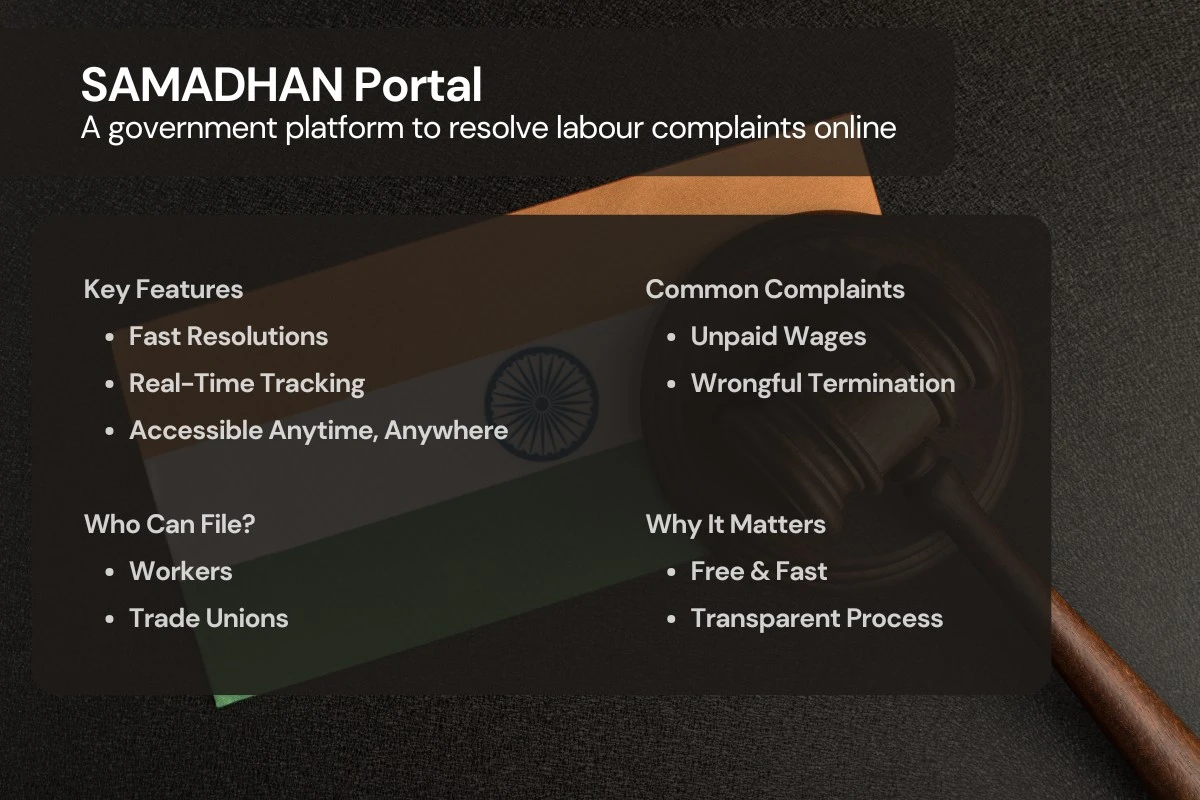Steps in Maintaining Healthy Fixed Asset Inventory

1. Essential Steps to Maintain Healthy Fixed Asset Inventory
- 1.1 Regular Audits: Periodic audits help reconcile the physical assets with financial records. This process uncovers discrepancies such as lost, stolen, or damaged assets.
- Helps detect fraud or theft
- Ensures accurate financial reporting
- Identifies outdated or non-functional assets for write-off
- 1.2 Asset Tagging & Labeling: Using barcodes or RFID tags enhances the accuracy of asset tracking and monitoring.
- Real-time tracking of assets
- Minimizes human errors
- Improves asset accountability
- 1.3 Software Solutions: Implementing dedicated asset management software streamlines the entire lifecycle of fixed assets.
- Automates record-keeping and depreciation
- Provides real-time data and reporting
- Supports regulatory compliance
2. Common Challenges in Fixed Asset Management
- 2.1 Depreciation Mismanagement: Incorrect depreciation impacts financial accuracy and leads to tax issues.
- 2.2 Inadequate Asset Tracking: Lost or misplaced assets cause inconsistencies between records and actual assets.
- 2.3 Software Integration Issues: Difficulty integrating asset systems with financial tools results in data silos.
- 2.4 Inconsistent Auditing & Record-Keeping: Infrequent audits lead to compliance risks and operational inefficiencies.
3. How is Plutus Helping Businesses with Fixed Asset Management?
Plutus provides end-to-end asset management solutions—from tagging and tracking to fixed asset auditing and reporting. We simplify and optimize fixed asset handling for businesses of all sizes.3.1 Automated Depreciation Calculation
Plutus ensures accurate depreciation tracking to maintain financial compliance and avoid costly errors.3.2 Real-Time Asset Tracking
With barcoding and RFID, our system ensures complete visibility and traceability of all physical assets.3.3 Seamless Software Integration
We help clients integrate asset management tools with accounting systems, enabling unified data access and better reporting.3.4 Regular Audits and Accurate Record-Keeping
Our team conducts scheduled audits and maintains detailed Fixed Asset Registers to ensure precision and regulatory compliance.4. Conclusion
Maintaining a healthy fixed asset inventory is vital for financial transparency, operational control, and informed decision-making. With regular fixed asset auditing , accurate tagging, and smart software solutions, businesses can prevent losses and optimize asset performance. Plutus helps streamline the process, ensuring compliance and long-term value from your assets.5. Stay Updated with Plutus
Get expert advice and practical solutions on asset management, financial compliance, and operational efficiency. Follow Plutus for regular updates and industry insights.6. FAQ
- 6.1 Why is it important to audit fixed assets?
- Audits confirm that the recorded assets match physical inventory, preventing theft and financial misreporting.
- 6.2 How should assets be tagged?
- Using barcodes or RFID tags is ideal for real-time tracking and efficient record management.
- 6.3 How does asset management software help businesses?
- It automates tracking, depreciation, compliance, and reporting processes—reducing manual effort and error.
- 6.4 Can Plutus help with asset management for my business?
- Yes, Plutus offers full-cycle asset management services tailored to your business needs.
- 6.5 How often should I conduct fixed asset audits?
- Annual audits are recommended, though businesses with larger inventories may require more frequent reviews.
Facebook
Linkedin
Twitter
Pinterest


